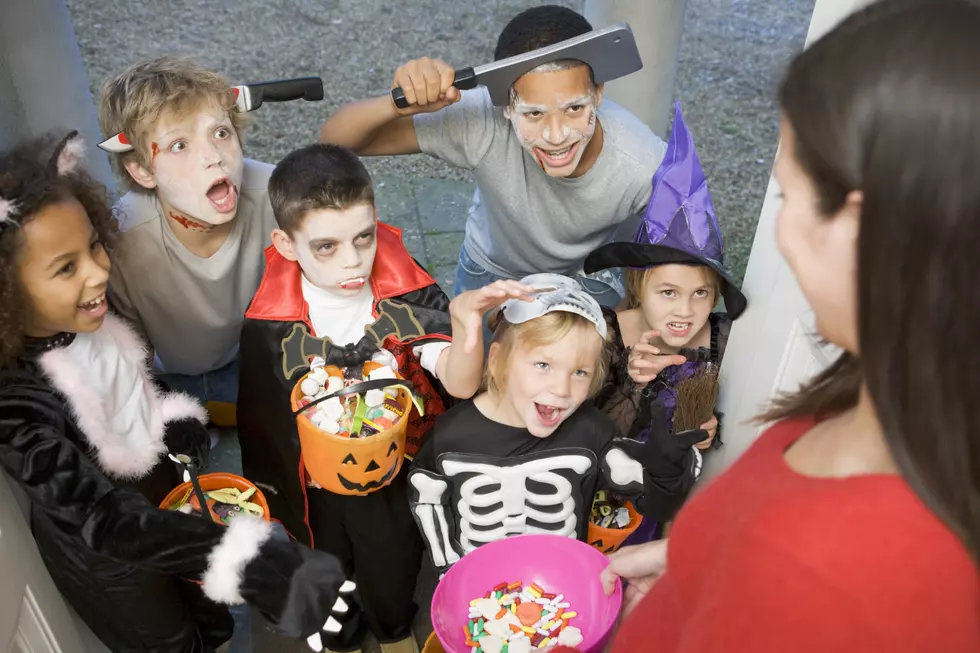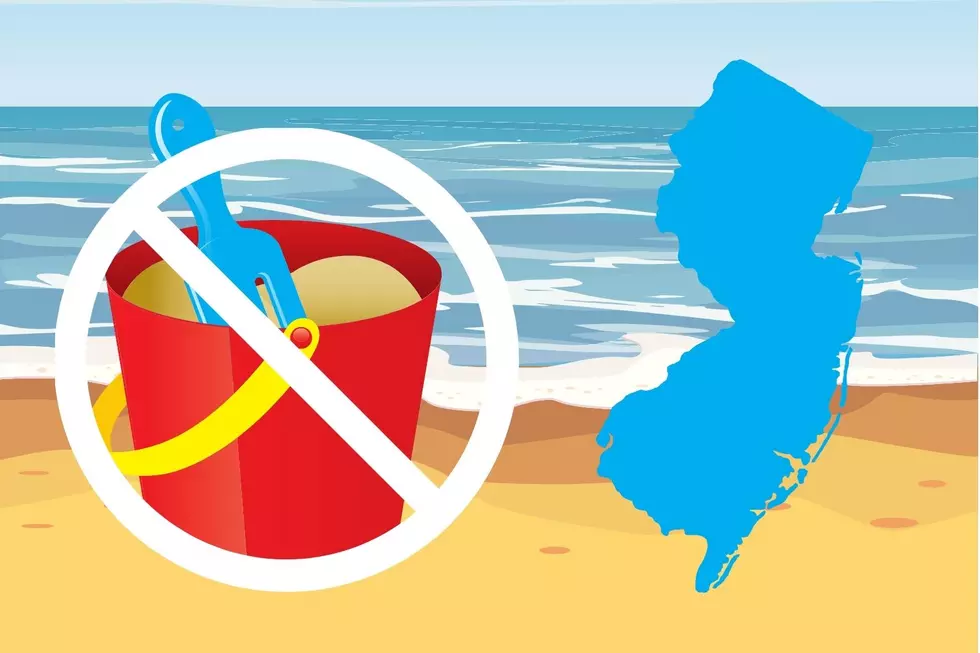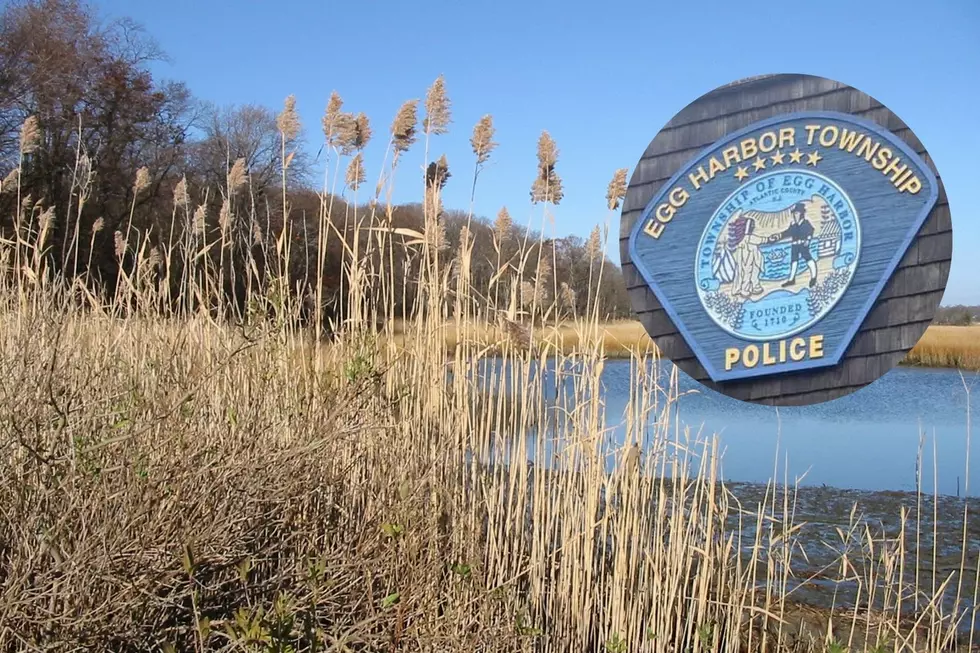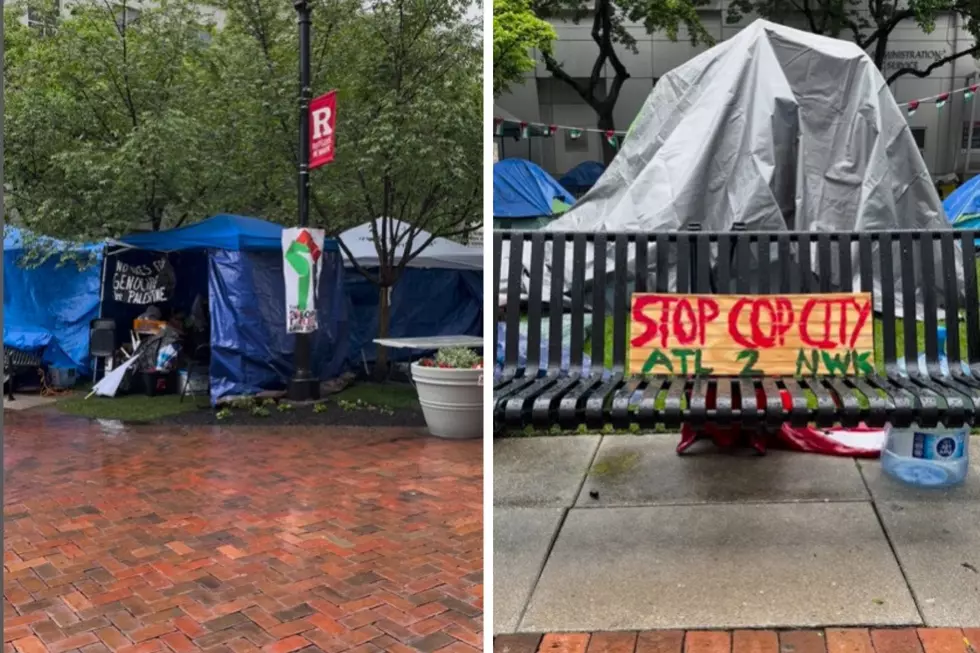
Giving NJ kids with sensory challenges a fun Halloween
🎃 Halloween can be a difficult holiday for special needs kids
👻 The most important thing is to prep them for the big day
🎃 Trick-or-treat during the day so it's not too scary for them
Halloween is a kid-centric holiday. So, it’s important to have everyone included and share in the joy that inclusivity can provide them.
For children with autism, special needs particularly sensory challenges, and developmental disabilities, the Oct. 31 holiday can present some difficulties for them.
But all these children need is a bit of preparation before the big day, said Dr. Joseph Galasso, CEO of COR Behavioral and Baker Street Behavioral Health in Franklin Lakes.
The Preparation
Parents are encouraged to talk to their special needs children about the sights, sounds, and smells they’ll encounter while trick-or-treating, as well as the costumes they will be wearing, Galasso said.
Practice wearing the costume around the house especially if it involves a mask or a special prop. Practice trick-or-treating in the house with family members. Understand the social nuances like walking on a street, so there is safety involved, he said.
Be aware of masks, props, and face paint. Anything that covers the face for kids with sensory issues can be problematic, Galasso said. If a child wants to wear a costume that involves a mask or face paint, it’s very important to practice ahead of time. Face paint is not something that comes off easily, so be sure they can handle wearing the paint for the duration of an event like a school parade, a party, or a Trunk-or-Treat event.
Trick-or-Treating
When it comes to trick-or-treating with kids with special needs especially those with sensory issues, it might be best to during the day when it’s still light out, Galasso said. That way they don’t have to worry about using flashlights because it’s too dark or visibility is low, or being exposed to spooky situations with other kids wearing costumes.
If trick-or-treating may be too much for a special needs child, consider taking part in a Trunk-or-Treat which is usually run by a school or the town. “Those are often time-limited. They’re predictable because you can see the entire field of decorated cars and you know that there is a specific route that you have to follow,” Galasso said.
The child’s school may also have a party or a parade that they can participate in, and oftentimes that is good enough for them, he said.
Trick-or-Treating Is A Two-Way Street
Besides the trick-or-treaters, Galasso said it’s important to offer tips for the person on the other side of the door handing out candy on Halloween. He said the likelihood that the candy giver will encounter a special needs child at their front door is high, so be ready.
If you open the door and ask the child a question about their costume or if they’re having fun, and they don’t respond right away, just encourage a smile. Encourage a positive interaction, Galasso said. You can even ask the parent questions. Parents are happy to answer questions.
Keep an eye out for children carrying teal or blue pumpkin candy holders. A few years ago, the special needs community started producing blue pumpkins to start identifying kids with special needs.
Parents are also encouraged to have their special needs children carrying Autism Concern Cards while they are out trick-or-treating, Galasso said. They can easily pass the small business-like card to the person handing out candy that simply states something like “I’m participating in this holiday even though I don’t have great communication skills,” or “I might not answer you because I have autism.” That way there is communication that is not intrusive or confrontational and community members are aware of the challenges this trick-or-treater may be facing.
Treats Besides Candy
Since encountering a child with special needs during trick-or-treating is likely, Galasso said it might be wise to have two bowls of treats ready to give out. One could be candy, of course. But if possible, have another bowl filled with things like fidget toys Play-Doh, crayons, small games, and little writing pads.
Other Trick-or-Treat Activities
Going out trick-or-treating may simply be too difficult for a child with autism, sensory challenges, or developmental disabilities to handle. But we still don’t want them to miss out on some sort of trick-or-treating experience, Galasso said.
He advises parents to have the kids trick-or-treat inside their house. Make it like a game where parents can set up different opportunities to trick-or-treat inside. Set up candy stations or prize stations. “That way they still get to participate in the experience of saying ‘trick-or-treat’ and receiving that reinforcement,” Galasso said.
Perhaps only trick-or-treat at family members' houses so the kids are seeing people they know and trust.
But no matter what you decide, there’s no reason why special needs children can’t put on a costume, and participate in some form of trick-or-treating, so they can learn about Halloween, and begin to enjoy the holiday.
Galasso said even if they are not ready to go out this year, all the practice and exposure to the Halloween traditions they receive, may allow them to go out the following year.
Report a correction | Contact our newsroom
Spirit Halloween is back! Here's every NJ location for 2023
Gallery Credit: Mike Brant
More From New Jersey 101.5 FM









